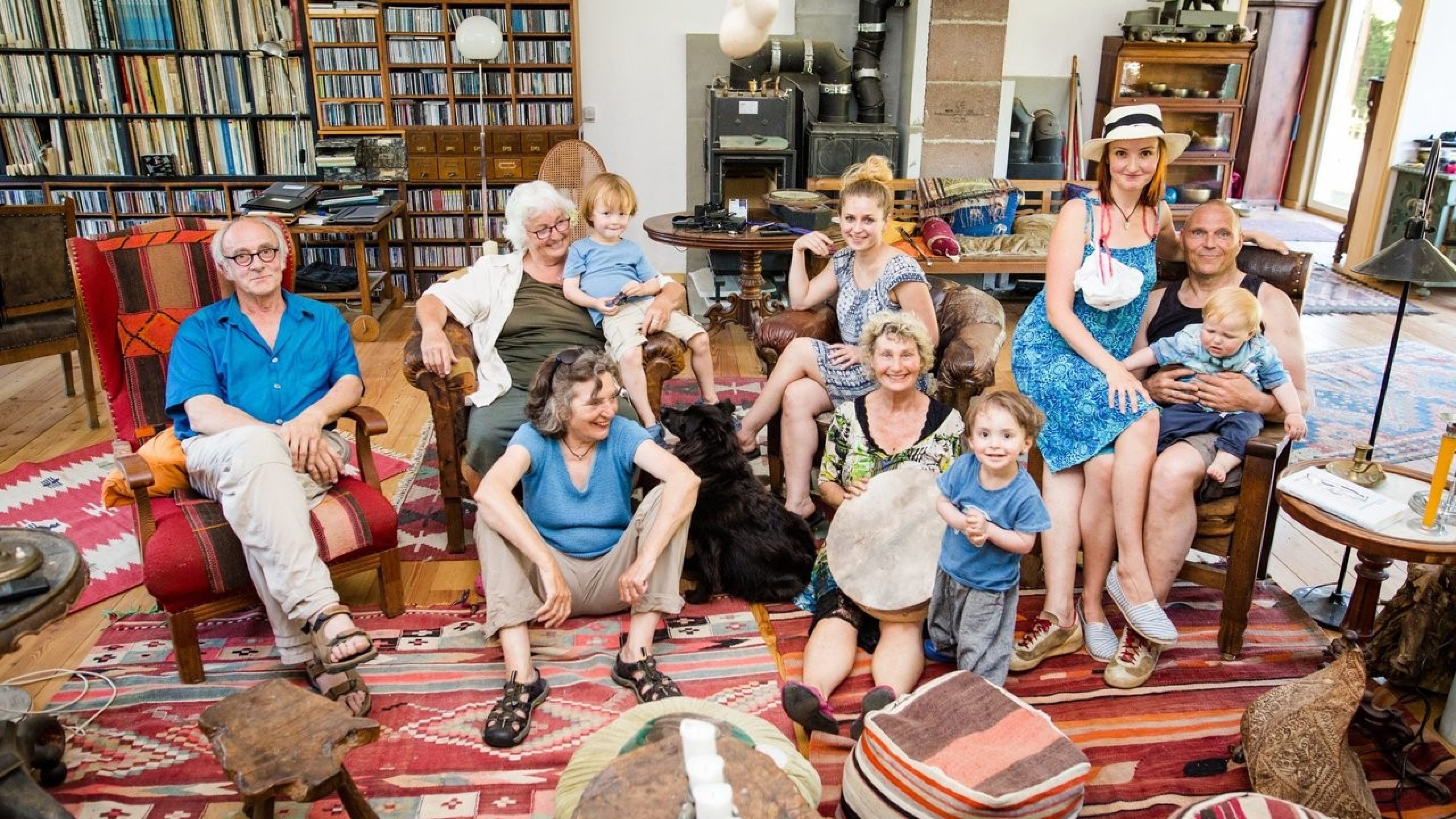Ade retirement home: old and young will live under the same roof in the future. Eight generation-friendly living arrangements of the future.
How will we live in the future? Researchers are, for once, unanimous on this point:
today’s best agers (people over the age of 50) don't want to go into a retirement home. They want to live with self-determination in communities with social life, for the rest of their days if possible. In fact, the needs of the new generation of old people are hardly any different from those of their younger counterparts: they also want to live close to the centre with access to jobs, culture, sport, training/education courses and medical facilities. As a result, older people are converging on urban agglomerations. The future belongs to “all-age-friendly-cities,” to quote the WHO. The new credo is: generation-friendly instead of age-appropriate living.
Varied architectural facets
The booming “multigenerational living” segment has spawned many different types of construction designs and architectural elements worldwide. Societal structural change, often disconnected from the classical family structures, has given rise to new collaborative accommodation-sharing and cohabiting arrangements. What these arrangements all have in common is that they allow different age groups, families, single people and couples to live together and benefit from each other in a special sort of community. The positive side-effects of this include a fulfilled life in old-age and savings of resources, both of which also benefit society.
The following eight intergenerational living concepts could gain in importance in the future:
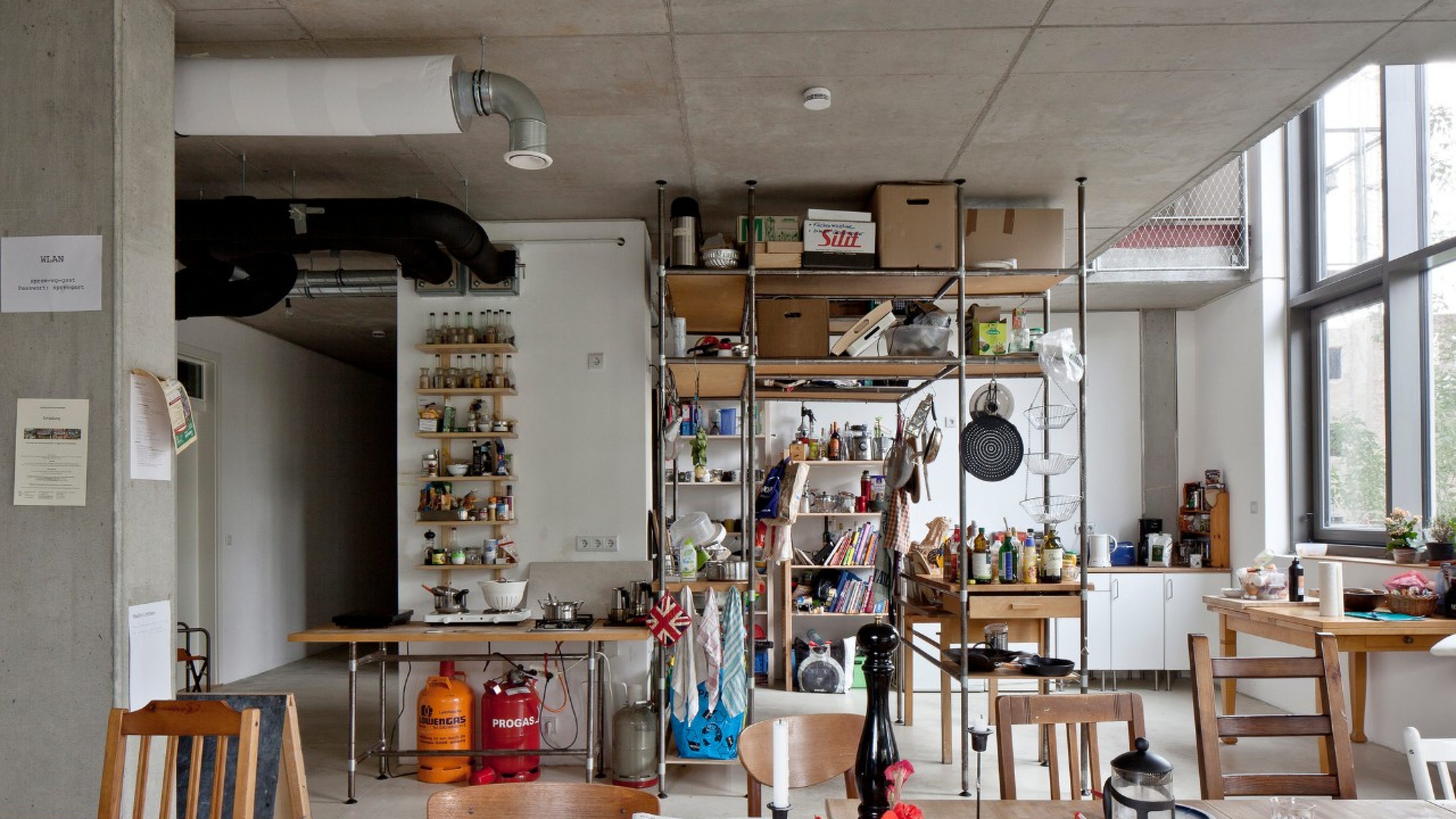
The cluster apartment - Berlin, Germany
Cluster apartments are a cross between shared accommodation and a small apartment. This arrangement is conducive to sharing maximum common space, while at the same time enabling people to withdraw to their own apartment, which appeals to older people. In the “cluster” of the Spreefeld residential project in Berlin, there are eleven people between the ages of 16 and 74 - single people, couples, a family. They live in mini apartments, each with its own kitchenette and bathroom. The heart of the cluster is the common room with a kitchen and living area.
(Photo: Ute Zscharnt)
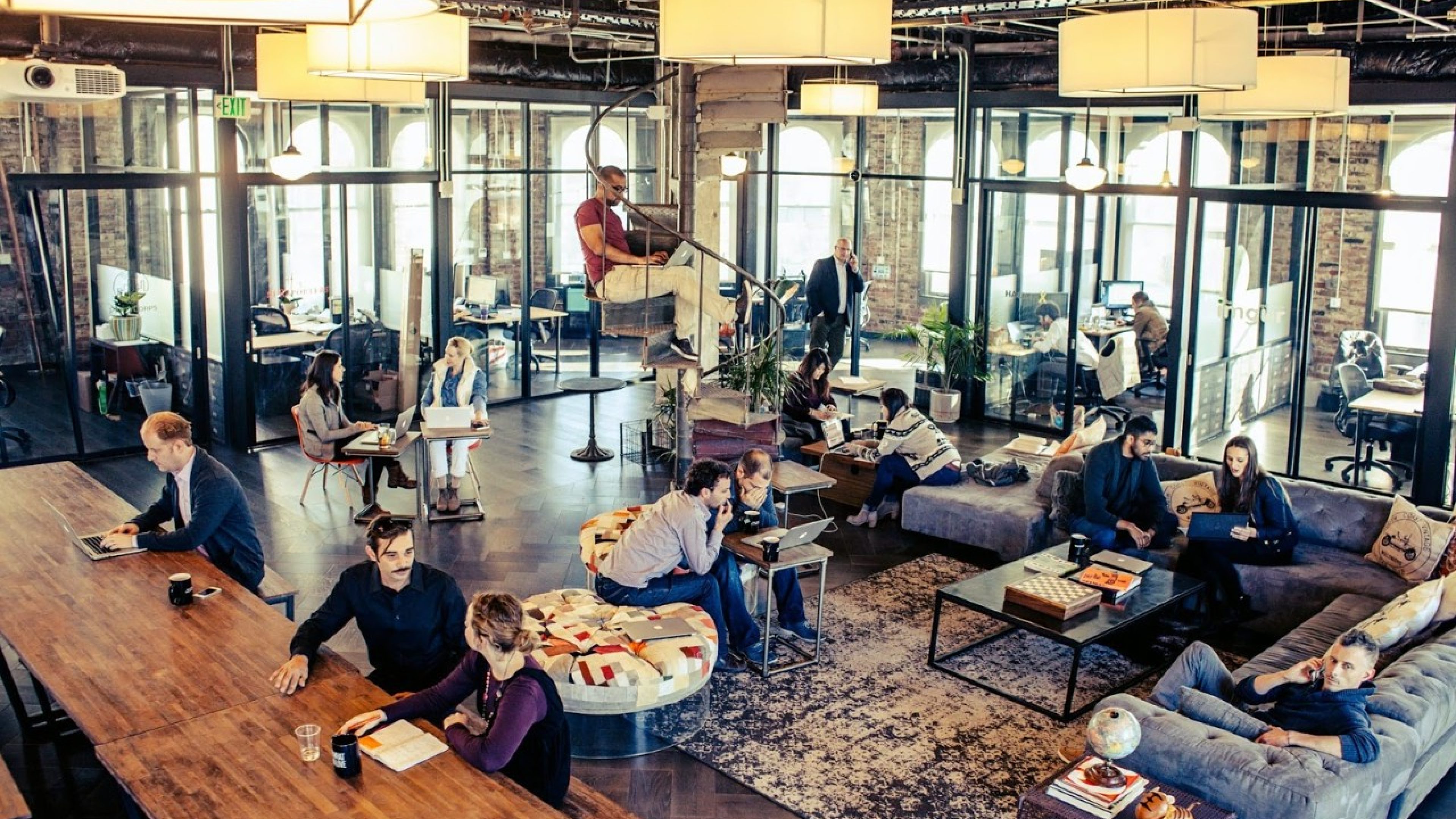
Co-living – New York, USA
“Co-living” is a combination of office and living space. The idea is not just to live with like-minded people but also to create a type of breeding ground for creative expression. “Co-living” already exists in European and American cities, for example New York's Wall Street where tenants also share a conference room, yoga studio and laundry room. This arrangement is not only good for digital natives, it also benefits freelancers and seniorpreneurs of the babyboomer generation.
(Photo: welive.com)
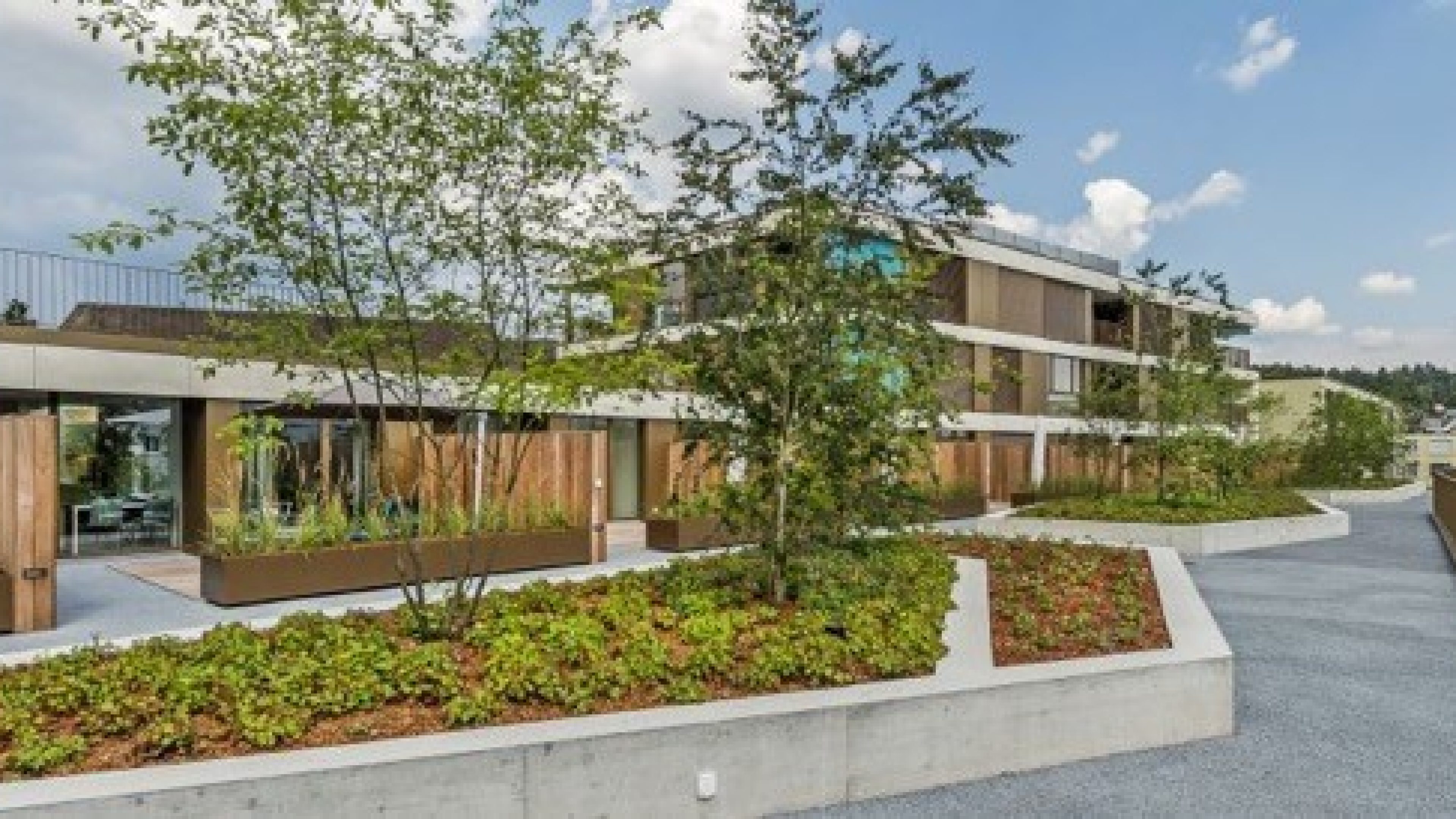
Intergenerational house offering care - Bassersdorf, Switzerland
Intergenerational houses offering care, of the type built by Swiss Life recently in Bassersdorf near Zurich Airport, provide a booming alternative to classical old people's residences. Located in the town centre, the “Zentrum Bassersdorf” is a traffic-free town square with a pavilion and two modern buildings. The central location and nearby infrastructure make the apartments attractive to all age groups. Most of the apartments are unobstructed and equipped for old people. Older tenants can also access services in cooperation with nearby care homes, such as cleaning, shopping, Spitex (care at home) and long-term care. This is an attractive solution for senior citizens who can escape the stigma of old age and grow old in their own apartment.
(Photo: Swiss Life)
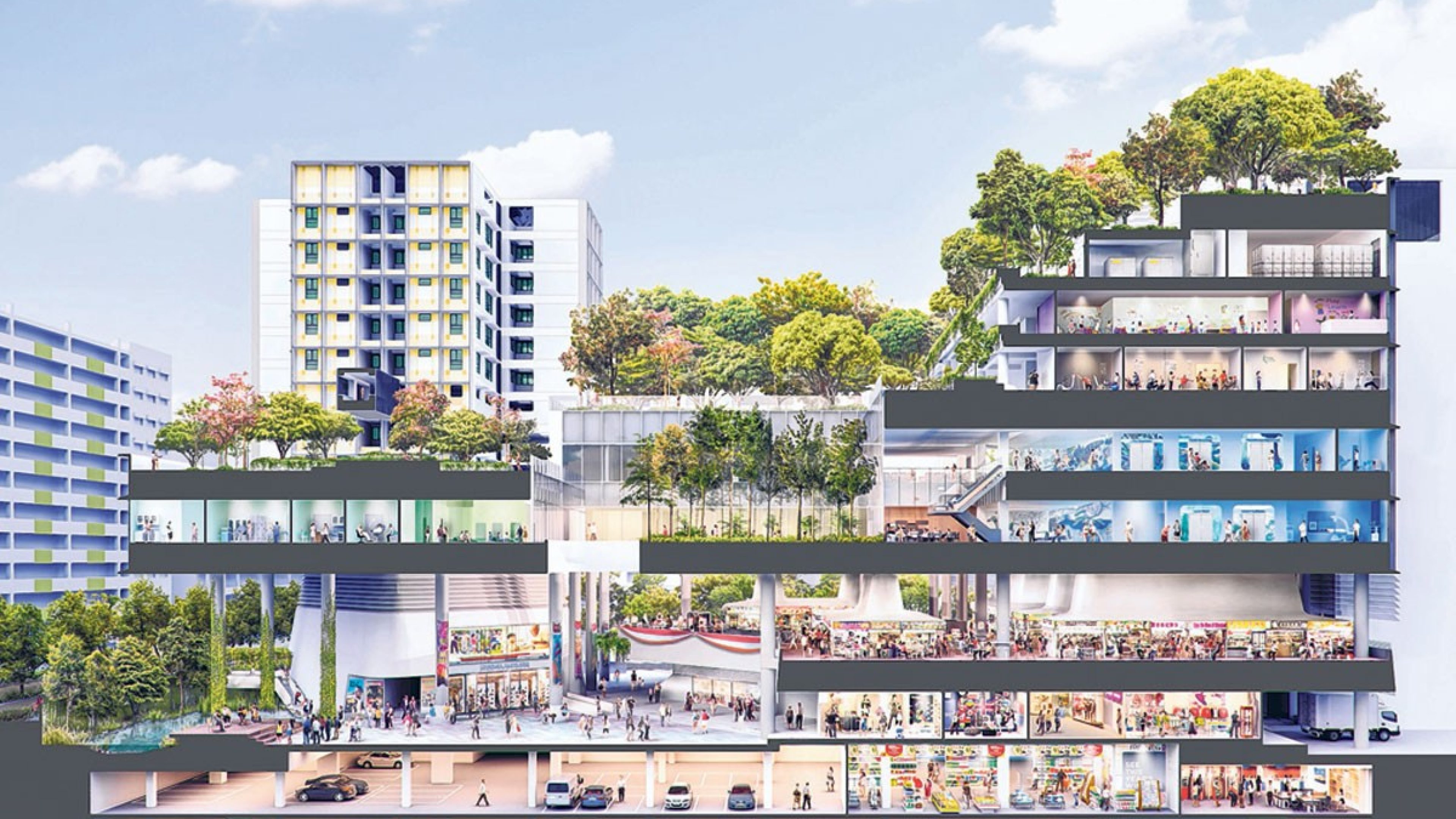
The vertical village - Kampung Admiralty, Singapore
The Kampung Admiralty building complex will open in 2018 and is designed as an ideal place to live for Singapore’s rapidly ageing population. It comprises 100 elderly-friendly apartments, a medical centre and a chemist. There are also sports facilities, a market place with 43 food stands and a kindergarten with 200 places to bring young and old together. “We want to create a modern village (Kampung),” explains Transport Minister Khaw Boon Wan. "We want it to have all the mod cons offered by the latest technology combined with the charm and community closeness of a good, old-fashioned village.”
(Photo: Kampung Admiralty)
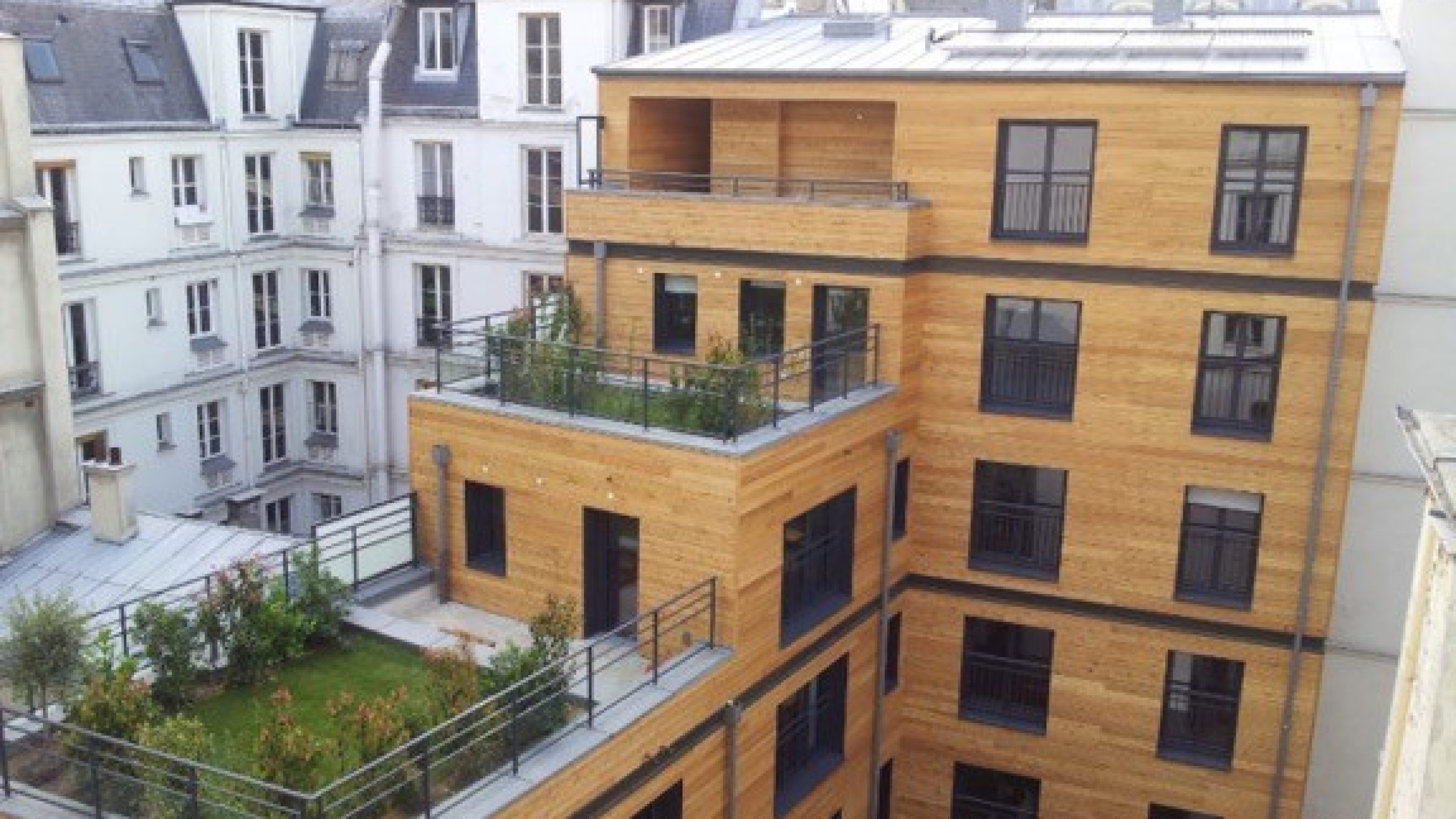
Multigenerational shared accommodation - Paris, France
Students are known to share accommodation, this concept has now been extended to the generations (old and young). In this house in the centre of Paris, each apartment has the following resident mix: an apprentice, a student, a single mother with a child and a senior citizen. The residents cook together and undertake to engage in shared activities. The foundation Habitat et Humanisme sees this arrangement as the answer to the growing isolation of both young and old.
(Photo: Habitat et Humanisme)
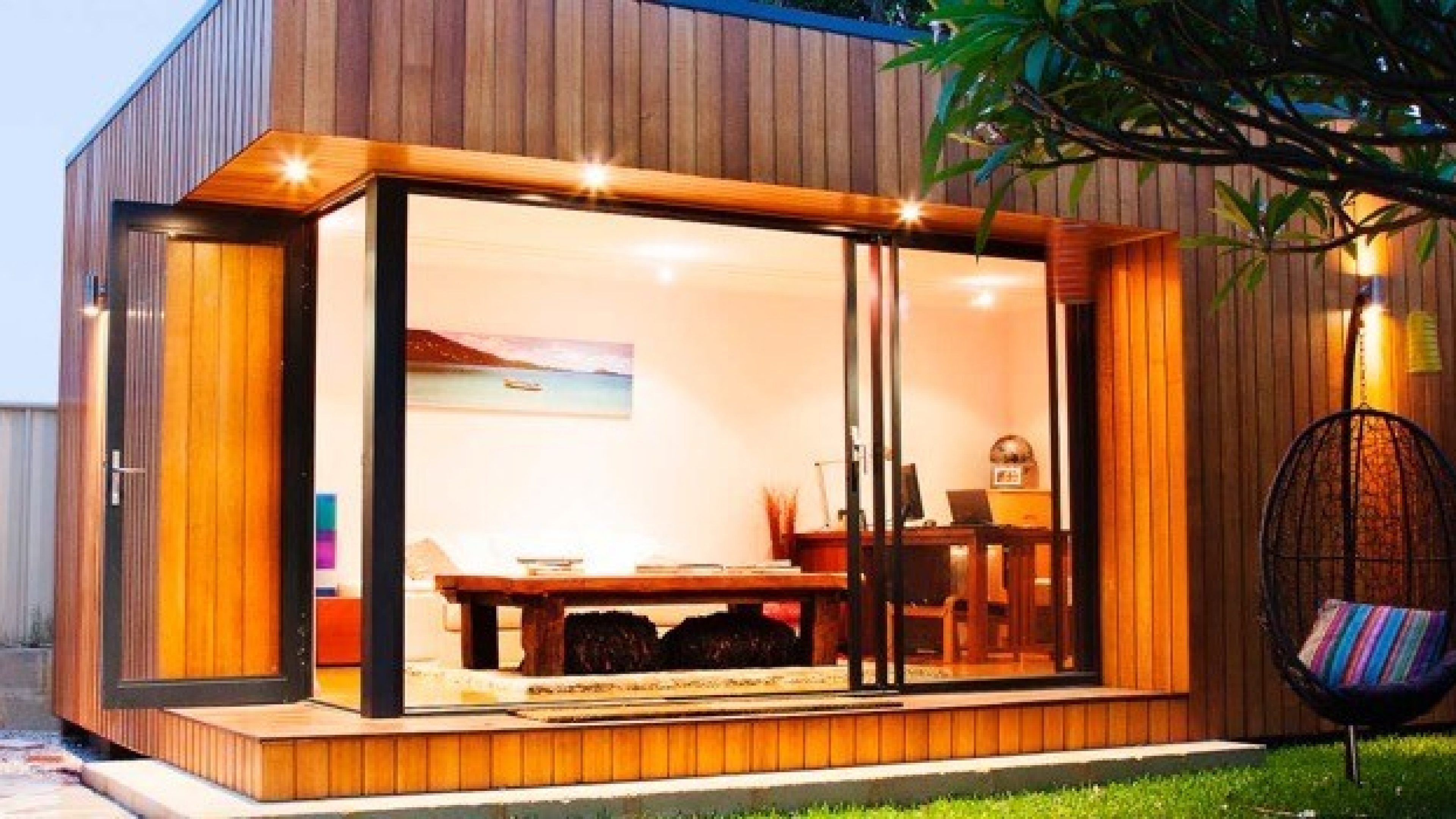
The "Graddy flat" - United Kingdom, Australia
"Graddy flats" are a trend in cities in the UK and Australia, where accommodation is expensive and single-family homes usually come with a garden. There is a garden annex for young people who stay at home when they finish their studies, ranging from a simple micro studio with a WC to a luxurious mini apartment with its own kitchen. When the children earn enough to move out, the "Graddy home" (graduates) becomes a "Granny home" a place for grandparents in need of care.
(Photo: olivecc.com)
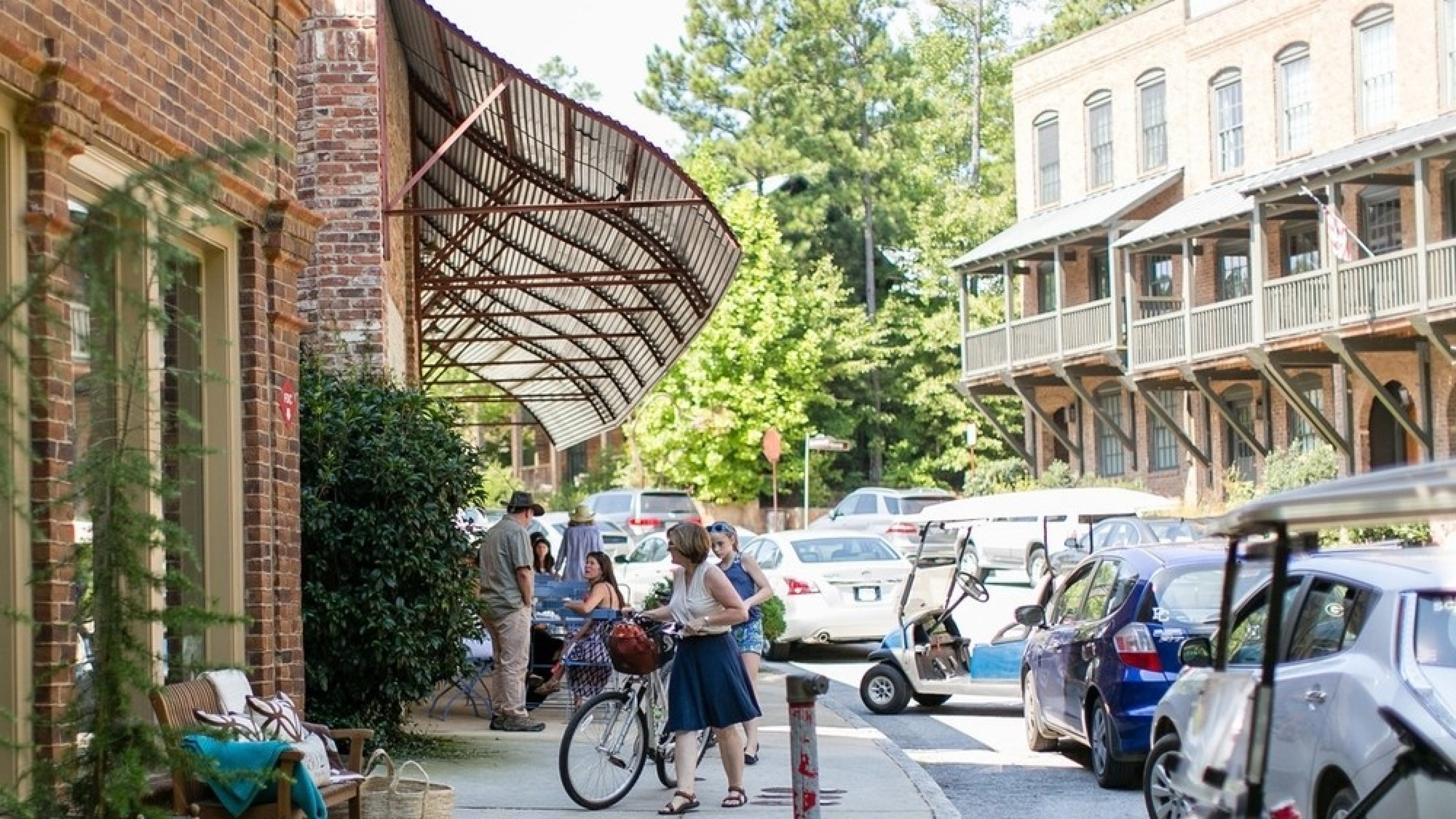
The urban multi-generational village - Atlanta, USA
"Serenbe" in Atlanta is an example of a project representing a new wave of multi-generational villages in the USA. The idea is to promote the benefits of village life in an urban setting, with almost everything within walking distance: a biofarm, school, outdoor theatre, yoga studio, medical practice. The houses are free of barriers and there are wearables for each senior citizen to measure blood pressure and pulse. 200 houses have already been built and the aim is to build a total of 1200 with a generational mix of residents.
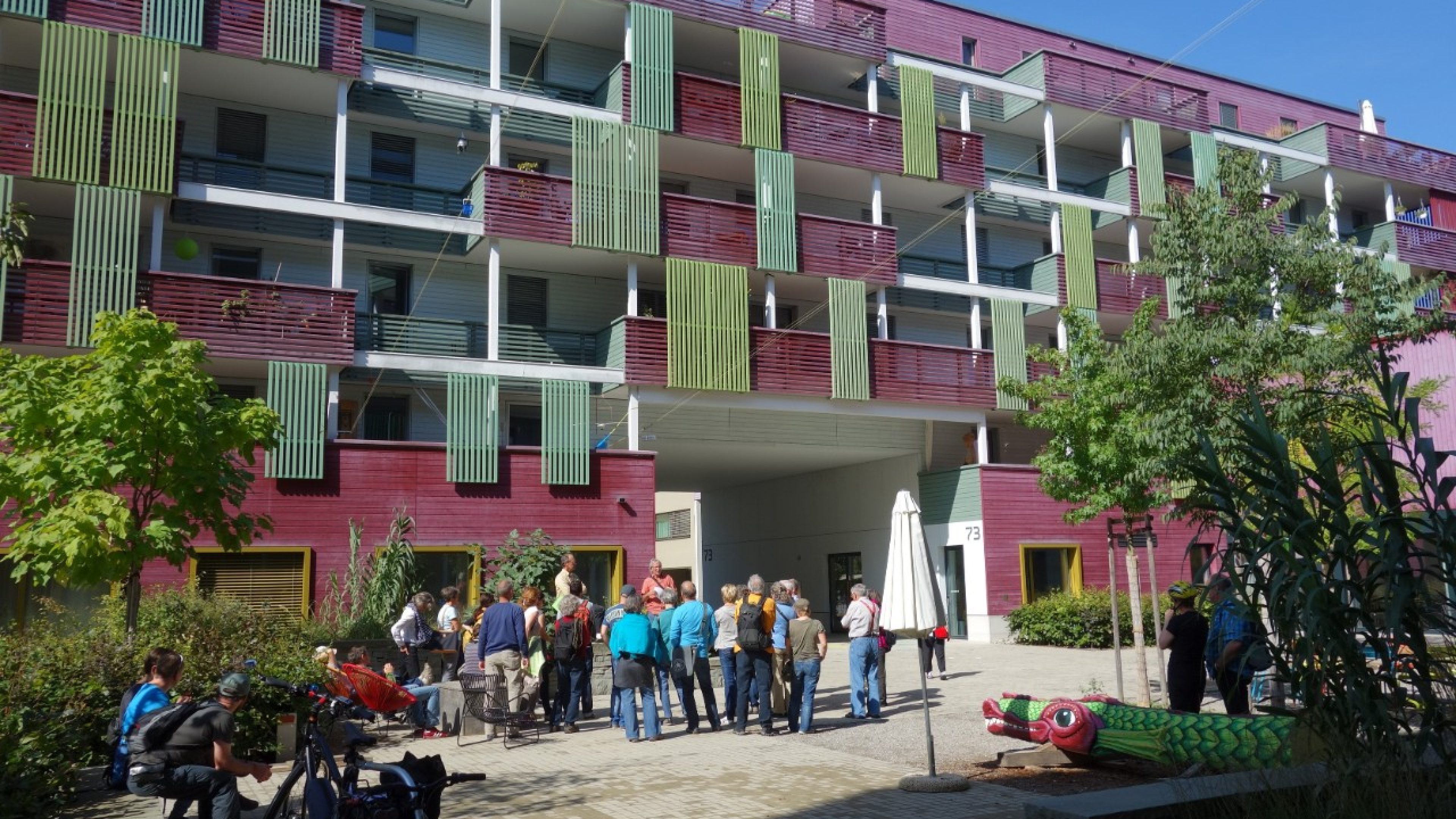
Cross-generational residential community - Winterthur, Switzerland
The "Giesserei" in Winterthur is an example of the trend towards cross-generational residential projects aiming to increase mutual intergenerational understanding. Three hundred people live in the Giesserei's 155 apartments, from babies to senior citizens. The inner courtyard is designed for the residents to mingle, with common rooms and workshops. Tenants share several guest rooms and a bar with its own library. There are no dividing walls between the balconies. The Giesserei is like a small district within the city where people can get to know each other and interact: the senior citizens look after small children, younger people go shopping for their elderly handicapped neighbours.
(Photo: Lena Leuenberger)
New Swiss Life projects
The trend towards intergenerational residential projects is unlocking new market potential and calls for innovative concepts, as Swiss Life's property developers can confirm: "Intergenerational accommodation is responding to a growing need. For project development that means barrier-free access and a balanced mix of small and large apartments,” says Gerhard Demmelmair, Head of Portfolio Management for third-party clients at Swiss Life Asset Managers. “We are also developing new cross-generational housing projects where older people can live with maximum self-determination.” One current example from Switzerland is "Zentrum Bassersdorf", where all the tenants can help their older neighbours with all kinds of tasks including cleaning, shopping and even Spitex (care at home) and long-term care.
